Enhancing our Dandenong Creek program
Contact
Insight:
Project description
The drivers
Protecting public health and improving the waterway condition of Dandenong Creek
- Working with the community to identify priority creek enhancement projects that improve the amenity of this popular public open space, which has become increasingly degraded due to urbanisation and industrial landuse within the catchment.
- Revitalising the creek and improving its amenity value by removing the existing underground stormwater pipe and allowing water to move through a variable, vegetated and natural surface environment.
- Reducing significant water quality threats, through pollution detection, behaviour change and collaborative enforcement programs.
- Improving the aquatic ecosystem values by creating fish habitats, coupled with a breeding program to develop a sustainable population of threatened species.
- Applying an alternative, risk-based and outcomes-focused approach to wet weather sewer spills
management, to deliver greater benefit to both the environment and community when compared with a conventional upgrade of a non-compliant sewer.
Pollution detention and prevention
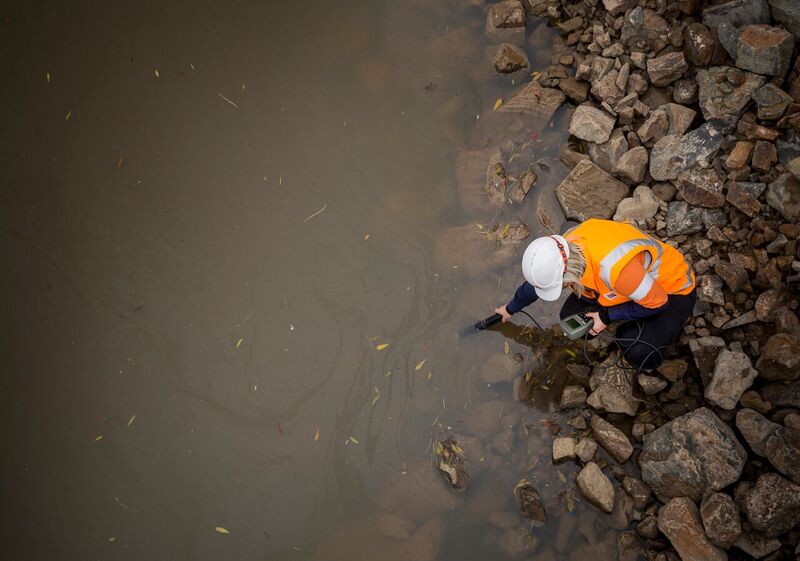
The innovations
Enhancement of the Dandenong Creek driven by community engagement and input
- Community driven investments: Natural Amenity Working Group was established in 2014 to represent a range of local community views, which helped to understand the values of the waterway and to identify priority enhancement projects. Continued community engagement and input is sought through interactive websites and community planting days.
- Daylighting Dandenong Creek: A 830m piped section of the creek will be removed between HE Parker Reserve and the Heathmont railway line. It will be replaced with a meandering open channel that more closely represents the creek’s original form and shape.
- Creation of new habitats for vulnerable native fish: New fish habitats will be constructed and revegetated at 20 sites along the creek. These sites will provide suitable water regimes, habitats, protection and connectivity to support communities of native dwarf galaxias and Yarra pygmy perch, which have been translocated from key sites as part of a carefully designed fish stocking program.
- Pollution detection and prevention: Melbourne Water, EPA Victoria, Knox City Council and South East Water are working together to investigate pollution into Dandenong Creek. The Pollution Detection and Prevention Program involves conducting detailed water quality investigations, dye testing to help identify potential pollution pathways, and investigating stormwater and sewer infrastructure condition using CCTV.
- Improved amenity through billabong revitalisation: The project will identify, prioritise, design and construct billabongs along the Dandenong Creek corridor, to improve amenity and recreate important creek habitats.
- Signage and storytelling: Conversations with Heathmont History Group and the Wurundjeri and Bunurong Traditional Owners helped to develop an understanding of the history of Dandenong Creek, which was then told through the installation of 15 interpretive signs.
- Innovations in sewerage management: The Enhancing Our Dandenong Creek approach is both an innovative and efficient way of addressing the risks and impacts associated with wet weather sewer spills. The risk-based approach provides an alternative to capital-intensive conventional augmentations. It demonstrates innovation across policy, engineering and community engagement aspects.
The lessons
- Build it and they will come: Improvements to instream habitats creates a greater range of niche spaces for local fauna and flora to occupy. As a result, local biodiversity can naturally increase. The recreation of fish habitats and translocation of key threatened species has been successful with recent monitoring indicating successful breeding of dwarf galaxias.
- Investments in waterway health can have multiple benefits: The daylighting and restoration of a natural channel, billabongs and fish habitats not only provides for improved ecological conditions, but also improves amenity of a popular public open space, increases conveyance capacity of the channel and allows for broader community engagement and input.
- Empowering the community: Adopting a participatory approach to decision-making and planning provides water authorities with the opportunity to improve their transparency and empower the community. This ultimately leads to greater community awareness regarding sewerage, waterway and water management issues, with increased trust and reputational benefits for water utilities.
- Collaboration: In addition to the delivery of on-ground works, the project also achieved significant social benefits among the organisations involved. The complexity and multiplicity of stakeholders and institutions makes delivering collaborative projects a challenge. The role of champions and trusted experts to advocate and provide a credible voice of support is critical to the success of the project. This, coupled with increased transparency, developed genuine buy-in from stakeholders. These benefits have enabled the successful and timely completion of the program, but will continue in future collaborative efforts.
Transferability
Dandenong Creek Community Picnic
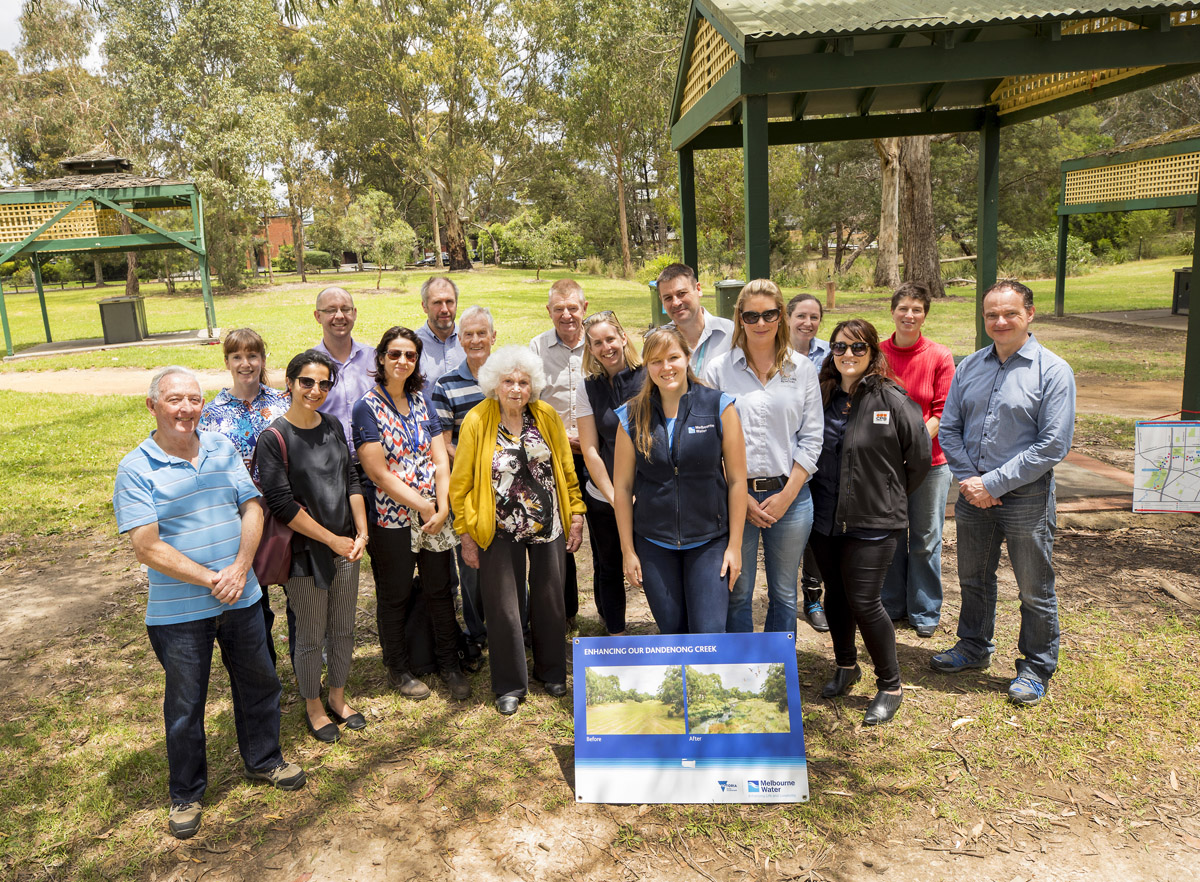
Project stats
Location
Melbourne, VIC, Australia
Participants
Melbourne Water
Victorian EPA
Knox City Council
Maroondah City Council
City of Monash
City of Whitehorse
First Friends of Dandenong Creek
Heathmont Bushcare
Knox Environment Society
Heathmont History Group
Wurundjeri Tribe Council
Bunurong Land Council
Parks Victoria
Living Links
South East Water
Yarra Valley Water
Additional information
Contact
The outcomes
 Cities providing ecosystem services
Cities providing ecosystem services

Improving the local biodiversity: Billabong revitalisation, channel rehabilitation and fish habitat creation improves environmental niche availability, which increases local flora and fauna biodiversity.
Nature can take over: As biodiversity increases, so will the opportunity for natural revegetation along the creek.
 Cities as water supply catchments
Cities as water supply catchments

Increased flow capacity: By creating an open channel flow, the cross-sectional area of the flow is no longer restricted to that of a pipe.
 Cities comprising water sensitive communities
Cities comprising water sensitive communities

Engagement and feedback from the community driving outcomes: The local community has driven the investment in this program through ongoing engagement.
Industry involvement: A focus on engagement with the local industries has helped to improve awareness and reduce stormwater pollution.
Business case
| Costs | Benefits |
|
|
Interested in this solution?
We partner with small and large companies, government and industry in Australia and around the world.
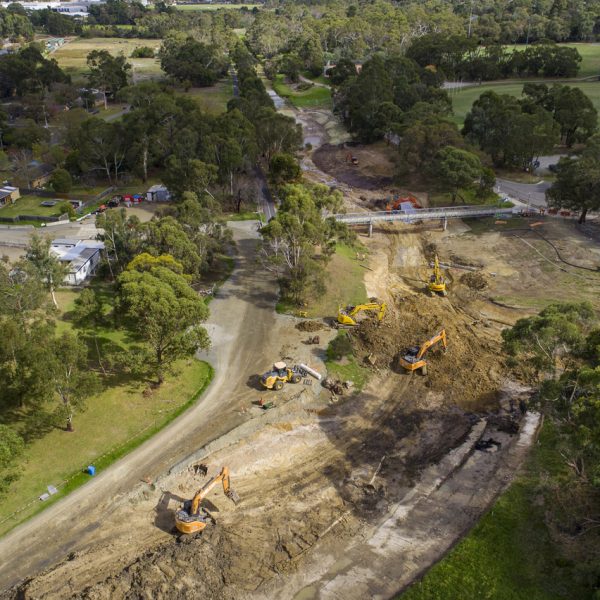
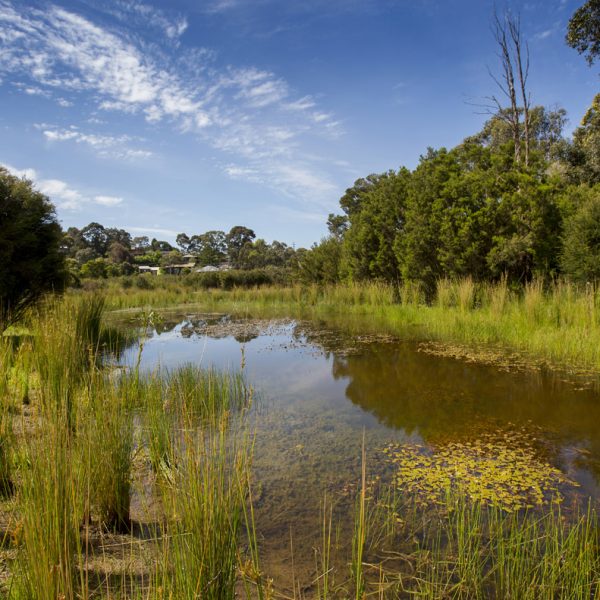
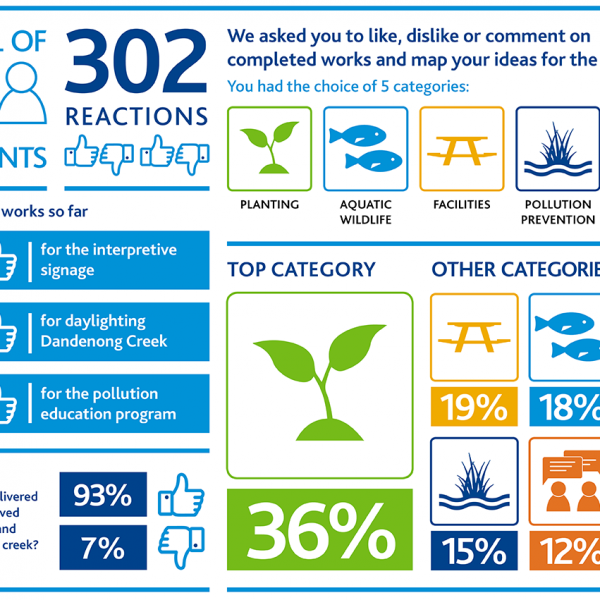
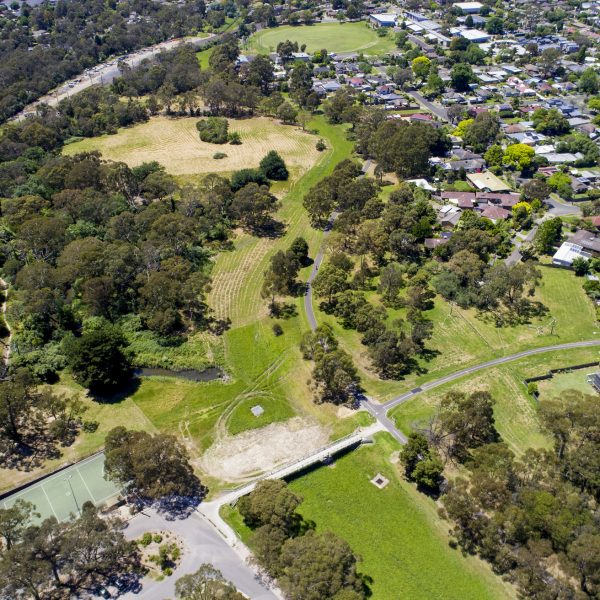
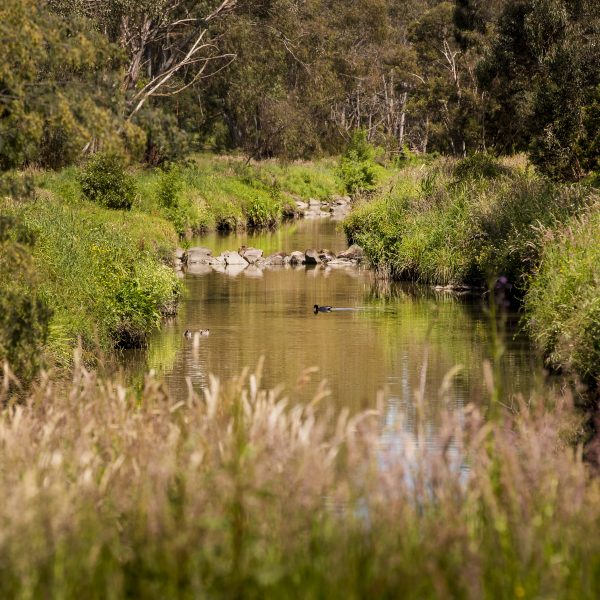

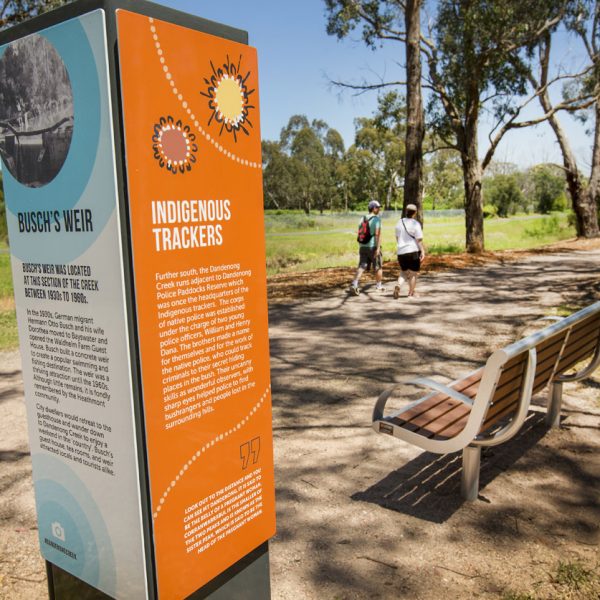
Comments